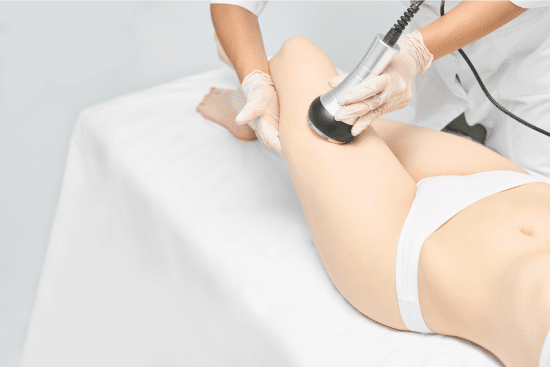In recent years, liposuction has emerged as a promising solution for individuals seeking effective weight loss and body contouring. This innovative procedure, also known as laser lipolysis or laser liposuction, offers a minimally invasive alternative to traditional liposuction surgery, with potentially faster recovery times and reduced risks. Find here the details of liposuction and explore why it’s gaining popularity among patients and practitioners alike.
The Evolution of Body Contouring
Liposuction involves the use of laser energy to liquefy and remove excess fat deposits from specific areas of the body, such as the abdomen, thighs, hips, arms, and chin. During the procedure, a small incision is made in the targeted area, and a thin laser fiber is inserted to deliver controlled bursts of energy to the fat cells. This energy disrupts the fat cell membranes, causing them to rupture and release their contents, which are then suctioned out through a cannula.

Advantages of Liposuction:
One of the key advantages of liposuction is its minimally invasive nature, which means smaller incisions, less trauma to surrounding tissues, and potentially faster recovery times compared to traditional liposuction surgery. Additionally, the laser energy used in liposuction can stimulate collagen production in the skin, leading to improved skin tightening and smoother contours in the treated areas.
Moreover, liposuction offers greater precision and control over fat removal, allowing surgeons to sculpt and contour the body with more accuracy and finesse. This precision targeting of fat deposits can result in more natural-looking results and reduced risk of irregularities or asymmetry.
Versatility and Potential:
Another benefit of liposuction is its versatility and ability to be combined with other cosmetic procedures, such as abdominoplasty (tummy tuck) or body lift surgery, to achieve comprehensive body contouring and transformation. Patients may also undergo multiple sessions of liposuction to further refine their results and address different areas of concern.

However, it’s important to note that liposuction is not a one-size-fits-all solution, and candidacy for the procedure depends on factors such as overall health, BMI (body mass index), and specific aesthetic goals. Additionally, while liposuction can effectively remove localized fat deposits, it is not a substitute for healthy lifestyle habits, such as regular exercise and a balanced diet, for long-term weight management.
Liposuction offers a safe, effective, and minimally invasive option for individuals seeking to contour their bodies and achieve their desired aesthetic goals. With its precise fat removal, skin tightening benefits, and potential for faster recovery, liposuction is becoming an increasingly popular choice among patients looking to enhance their appearance and boost their confidence. As always, it’s essential to consult with a qualified and experienced plastic surgeon to determine if liposuction is the right option for you.


